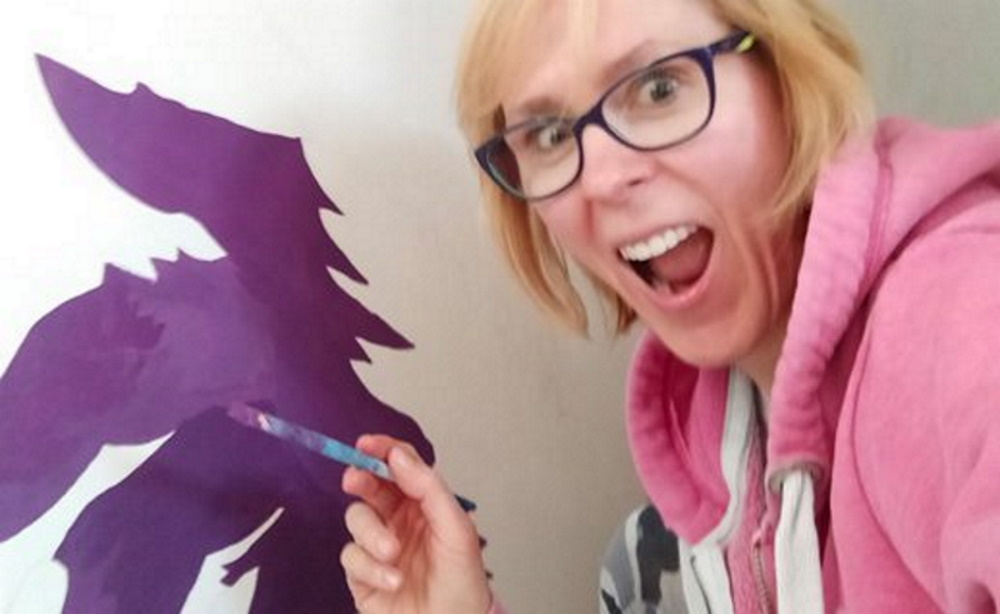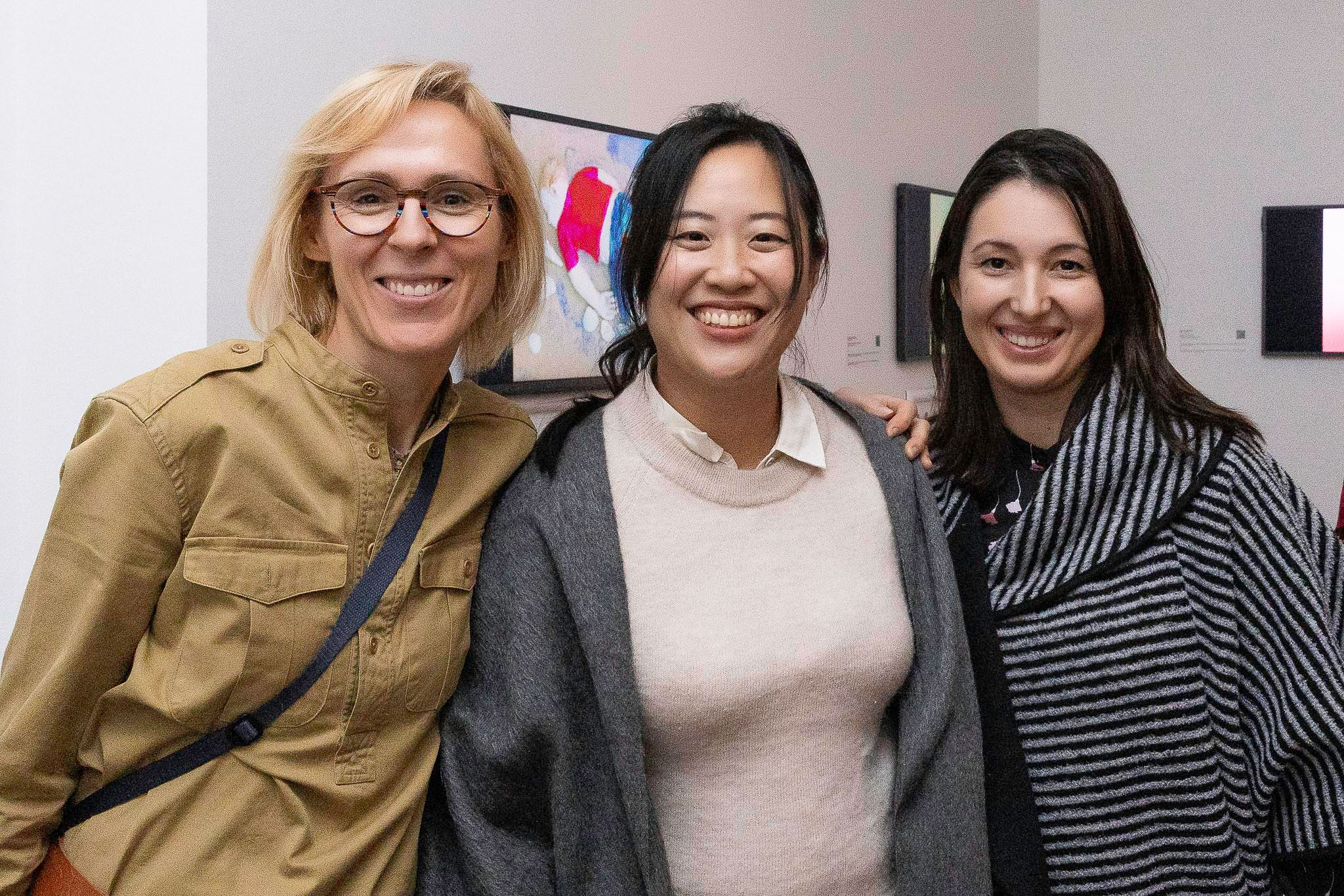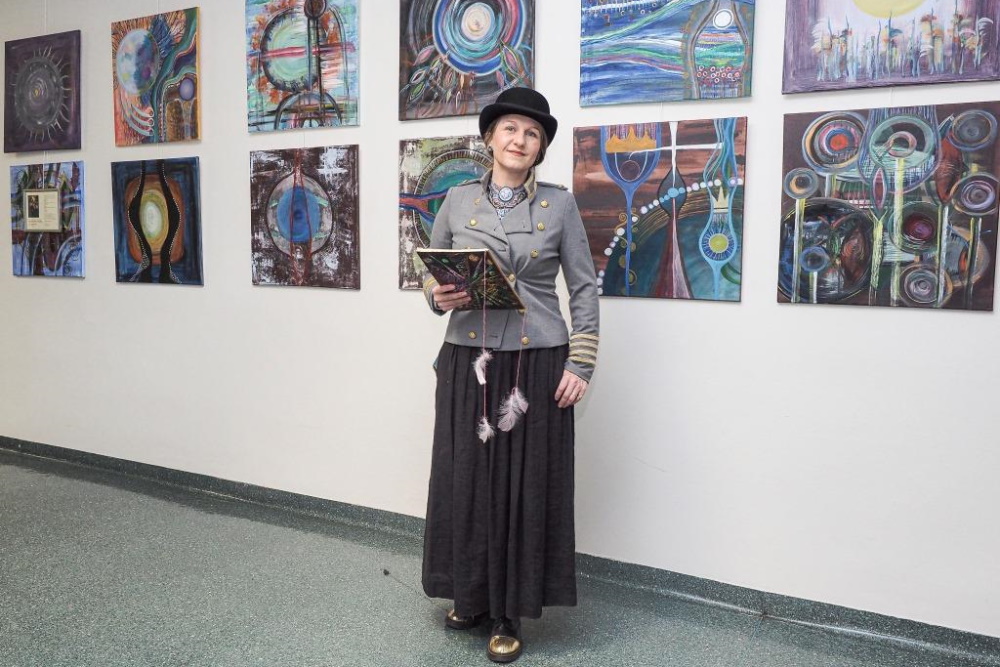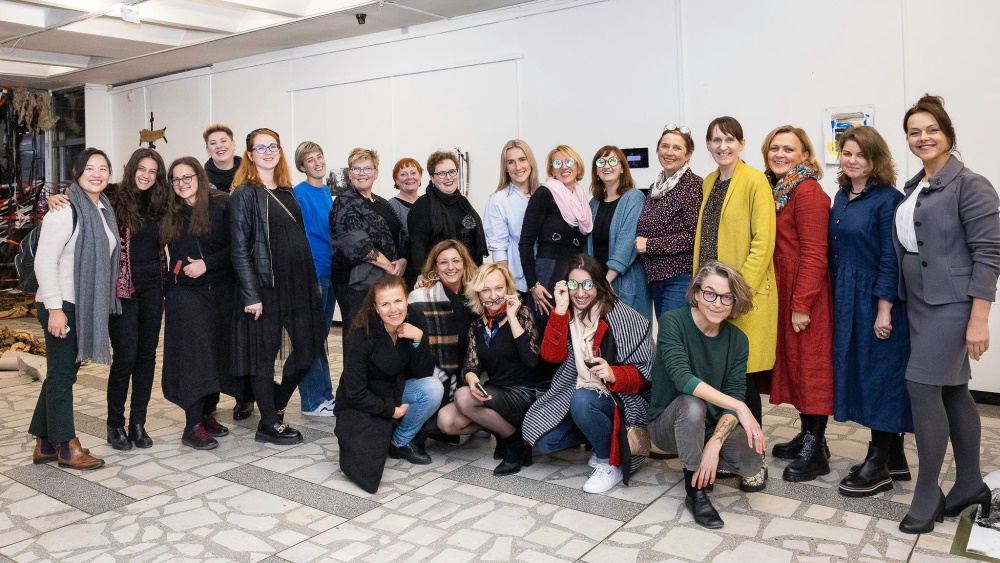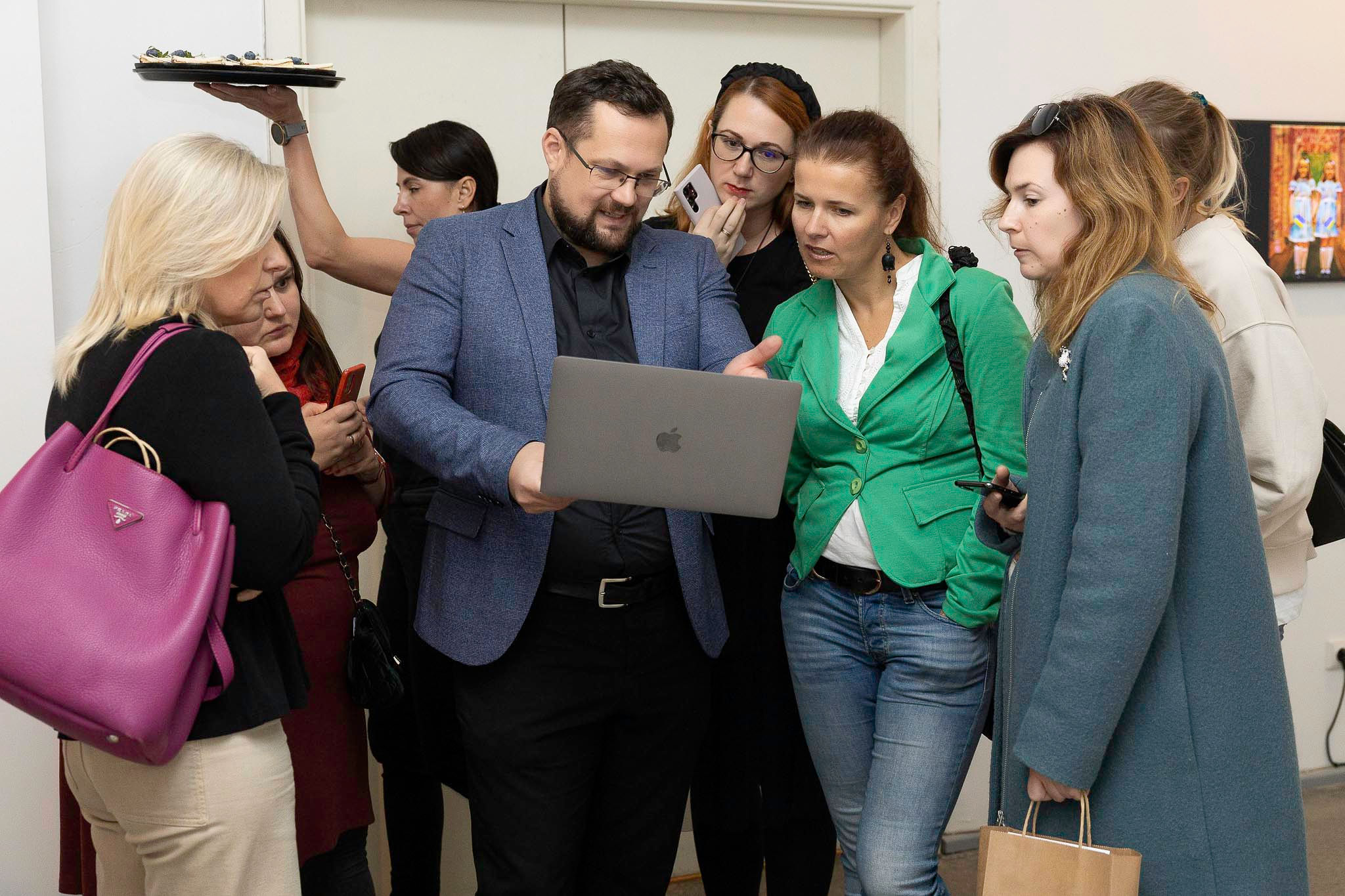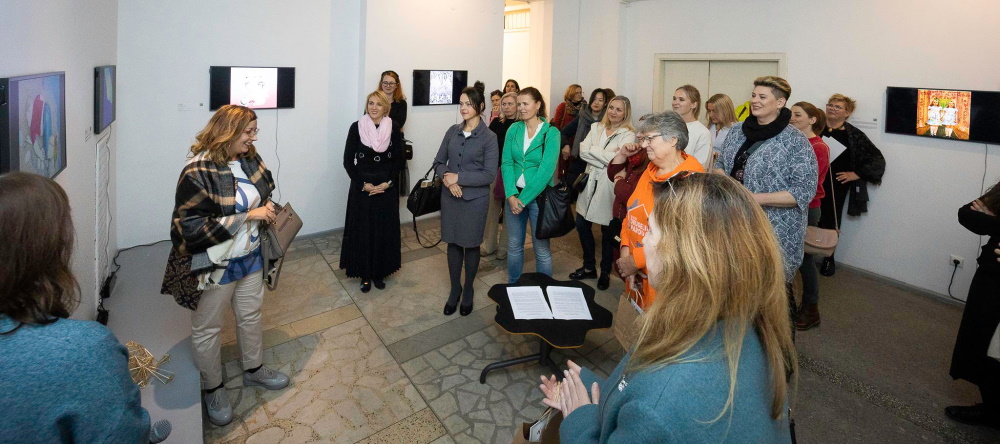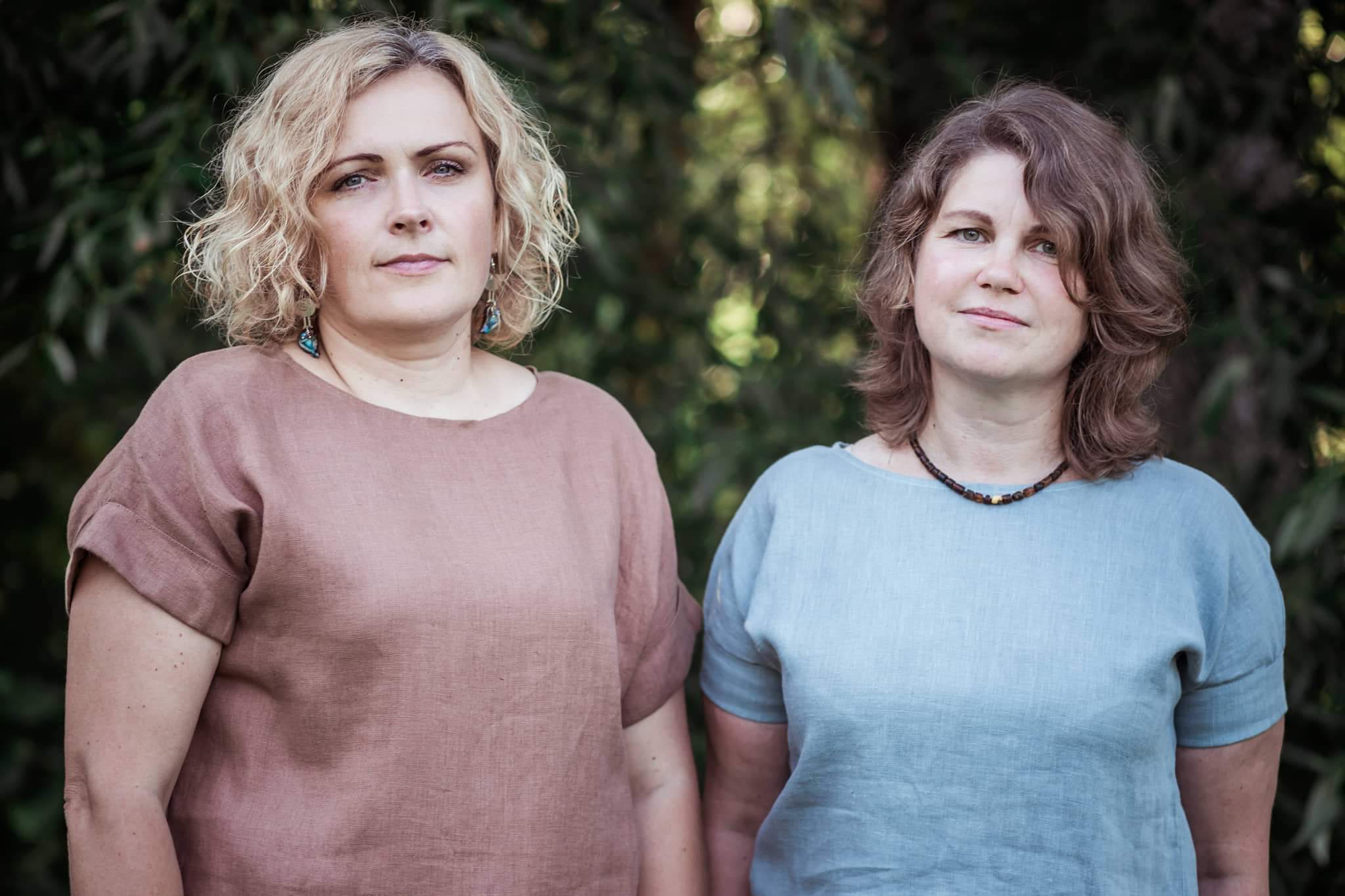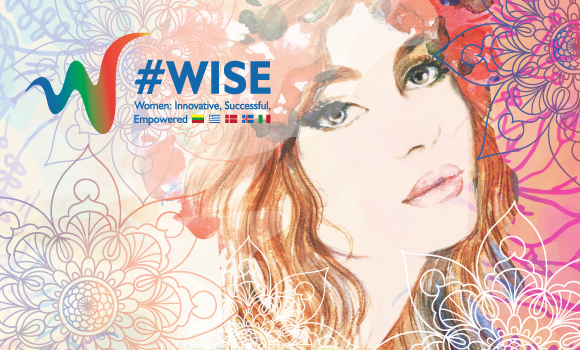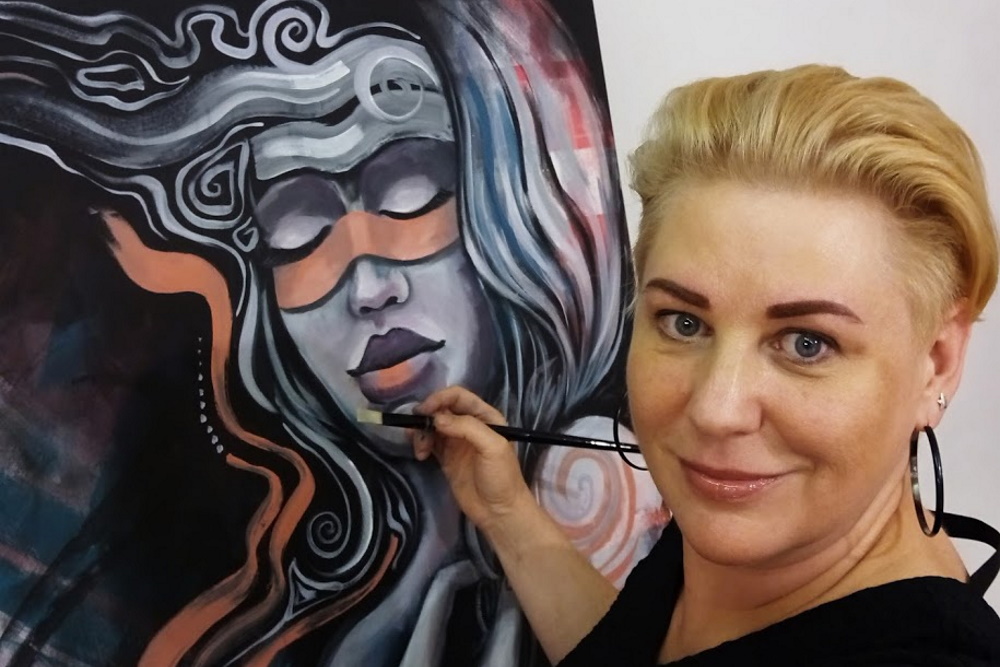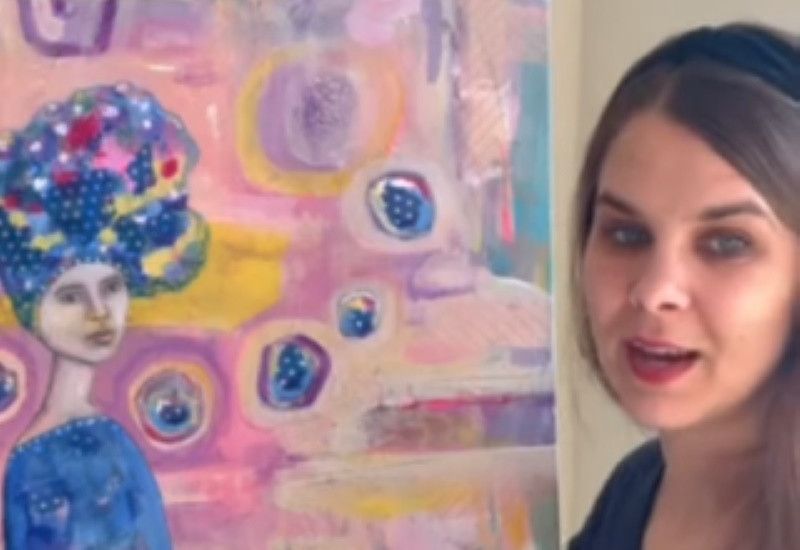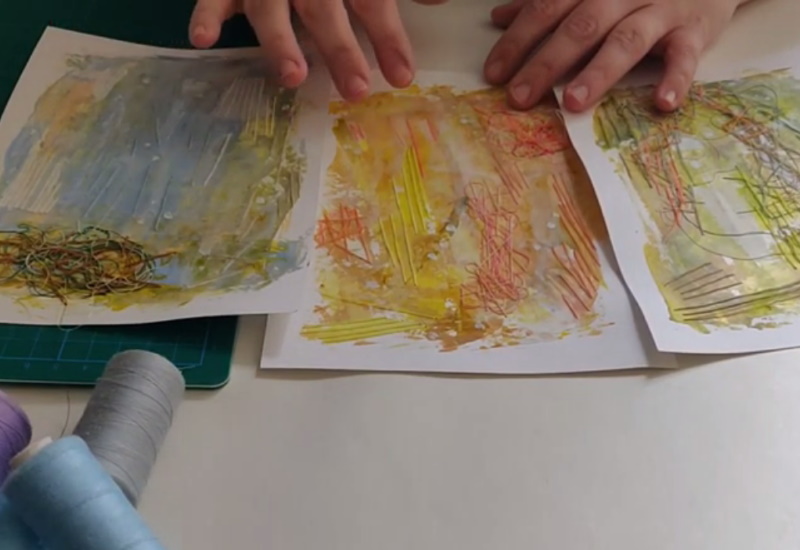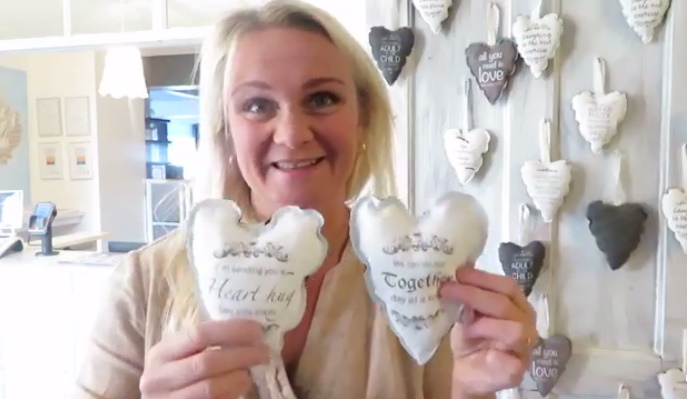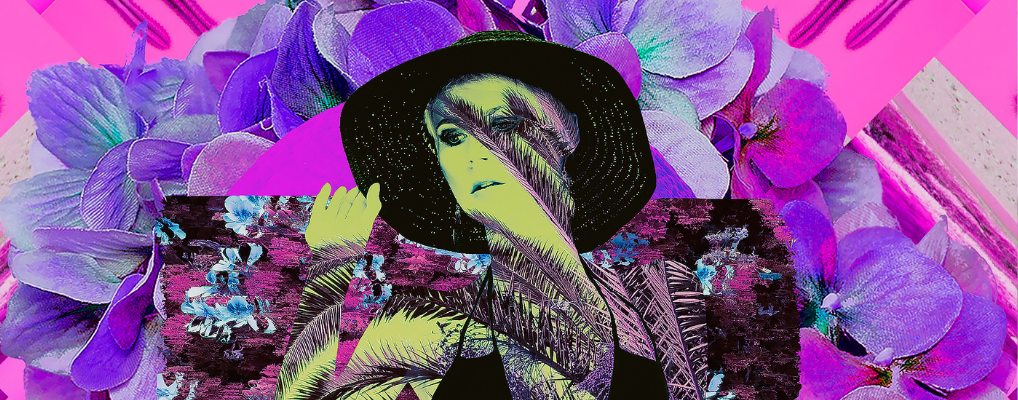
MODULE 2. Contemporary Opportunities in Visual Art
It wasn’t until around 1400 that people began to draw a line between art and craft. In Florence, Italy, a new cultural ideal that would later be called Renaissance Humanism was beginning to take form.
The art versus craft debate is an attempt to resolve the definition of “art” and the definition of “craft.” The debate hinges on an ever-evolving understanding of the perception of what is considered art. The central question is how to determine whether the craft is art. A craft may be defined as a skill at making useful items, whereas art is a symbolic expression of ideas, emotions, and experiences.
According to Rosey Greenlees, executive director of the Crafts Council in the United Kingdom, “Contemporary craft is about making things.” Craft objects tend to be utilitarian. The primary purpose of a craft is a function, serving a distinct purpose. Craft is the transformation of raw materials into a finished product. The fundamental purpose of a craft is to fulfill a need.
Art has been described as the creation of something that represents human expression. Music, sculpture, painting, and dance are generally accepted as art. Art is a symbolic expression of emotions and ideas. Dr. Robert J. Belton of the University of British Columbia lists a few of the qualities of art: to beautify, to express, to redefine reality, to illustrate, to adorn, and to record. The fundamental purpose of art is to fix in a tangible form idea, emotions, and experiences.
Western cultural bias toward art and craft is apparent by the use of term “fine art.” Fine art is that which is created for the purpose of the experience, to communicate an experience, and to elicit an emotional response from the viewer. Some view art as having little or no practical application in terms of doing work or meeting a need. Practical craft items are often conduits for artistic expression. A well-crafted blanket, basket, or pot serves the practical purpose for which they were created devoid of embellishment. Craft can be art when used as a conduit for expression of emotions and communication of ideas.
PRINCIPLES OF RECOGNITION OF THE ARTIST IN EUROPE
Most European countries apply the combination of professional education and evaluation by colleagues (Austria, Cyprus, Denmark, Spain, Greece, Hungary, Ireland, Latvia, Lithuania, Romania), less often solely evaluation by colleagues (Estonia, Finland, Portugal, United Kingdom, Sweden).
In only three cases a combination of administrative decision and evaluation by colleagues (Germany, France and, Luxembourg) and in two only administrative decision (Belgium and Netherlands) (INFORMATION FROM WHITE BOOK, LA MAISON DES ARTISTES)
The goal of the Module 2
Contemporary Opportunities in Visual Art and Artisanal Handicraft is to provide relevant and timely information and resources to women artists and artisans, to present different contemporary opportunities in the art network and market, and to learn how to approach them. Trainers can present this Module as a whole or use its parts that are most relevant to their audiences.
The development of this Module has been undertaken by partners Kotryna Dzilavjan, Dailininku Sajungos Galerija (Lithuania) and Diana Medrea-Mogensen, We Are Entrepreneurs (Denmark). The rest of the partners contributed to video content development and their valuable comments as well as translation into the national languages.
CORE TOPICS ADDRESSED
- National Art Landscape
- Artists’ Portfolio Development
- Contemporary Opportunities
- Modern trends in visual arts
- Production (scalability, key performance, materials, types of products)
LEARNING OUTCOMES
Students will be able to better understand the role of art institutions (such as art schools, associations, and galleries) and how to approach them.
METHODOLOGY OF LEARNING
Module 2 uses so-called learning by doing training methods. The main aim of the course is to provide female adult students with a set of practical tools, including in-class exercises, discussions on real cases, interactive and individual activities, homework, and site visits, within a shared theoretical framework and with a set of expected learning outcomes
The module consists of 48 contact hours and homework to do individually. Contact hours of the module may evenly be distributed during a period of 12 weeks, e. g. 4 contact hours one day per week, with the rest of the week, left for homework tasks and consultations in the group and individually with the lecturer/mentor.
ORGANIZATION
Participants of the piloting workshops engaged in a variety of blended learning sessions and activities amounting to a maximum of 12 weekly face-to-face or online meetings per partnering country.
A suggested weekly training scheme
- Lecture (theoretical part): 90 min
- Interactive sessions/site visits for practical training: 120 min
- Questions and Answers on specific cases/sharing: 30 min
- Homework: on a weekly basis
- Individual consultation and assessment: up to 90 min
WISE evaluation helps to
- Assess and demonstrate the effectiveness in achieving the participant’s learning
- Empower and motivate participants along their learning
- Assess the effectiveness of teaching and its strategies, methods, and techniques.
The evaluation tool is composed by:
- Acquisition of knowledge
- Ongoing evaluation through face-to-face discussion about the previous training session at the beginning of the next training session
- Post-training assessment of the competence
- Trainees’ satisfaction (feedback using an online evaluation form/qualitative interviews).
Competences:
At the end of the Practical Training Course In Contemporary Opportunities in Visual Art and Artisanal Handicraft participant is able to:
- Understand and individually use basic tools and platforms of e-commerce, thus How to create practical representational tools such as an artist’s portfolio.
- The ways of using career opportunities that the contemporary art network and the market may offer.
- Doing practical tasks for developing practical skills.
Illustration ©Canva
All company, product, and service names used in this website and its downloadables are for identification, information, and education purposes only. All trademarks, logos, and brand names are the property of their respective owners. Use of these names, trademarks, and brands do not imply endorsement.
Visi šioje svetainėje ir atsisiunčiamojoje medžiagoje naudojami įmonių, produktų ir paslaugų pavadinimai skirti tik identifikavimo, informavimo ir švietimo tikslais. Visi prekių ženklai, logotipai ir prekių ženklų pavadinimai yra atitinkamų savininkų nuosavybė. Šių pavadinimų, prekių ženklų ir prekės ženklų naudojimas nereiškia autorių pritarimo.
Alle navne på virksomheder, produkter og tjenester, der anvendes på dette websted og de downloadbare filer, er udelukkende til identifikation, information og uddannelse. Alle varemærker, logoer og mærkenavne tilhører deres respektive ejere. Brugen af disse navne, varemærker og mærker indebærer ikke godkendelse.
Tutti i nomi di società, prodotti e servizi utilizzati in questo sito web e nei materiali scaricabili sono solo a scopo identificativo, informativo e didattico. Tutti i marchi di fabbrica, i loghi e i nomi dei marchi sono di proprietà dei rispettivi titolari. L’uso di questi nomi, marchi e marchi non implica l’approvazione.
Όλες οι ονομασίες εταιρειών, προϊόντων και υπηρεσιών που χρησιμοποιούνται σε αυτόν τον ιστότοπο και τα αρχεία λήψης είναι μόνο για σκοπούς αναγνώρισης, πληροφόρησης και εκπαίδευσης. Όλα τα εμπορικά σήματα, τα λογότυπα και οι επωνυμίες είναι ιδιοκτησία των αντίστοιχων κατόχων τους. Η χρήση αυτών των ονομάτων, εμπορικών σημάτων και εμπορικών σημάτων δεν υπονοεί έγκριση.
Öll fyrirtækis-, vöru- og þjónustunöfn sem notuð eru á þessari vefsíðu og niðurhalanlegu efni hennar eru eingöngu til auðkenningar, upplýsinga og fræðslu. Öll vörumerki, lógó og vörumerki eru eign viðkomandi eigenda. Notkun þessara heita, vörumerkja og vörumerkja felur ekki í sér stuðning.
- Wise women
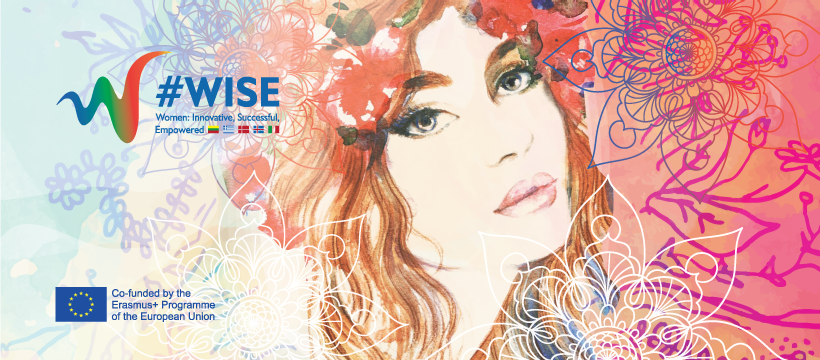

 English
English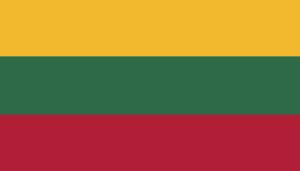 Lietuvių
Lietuvių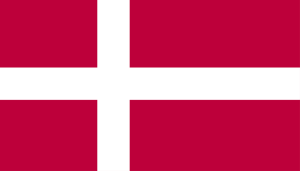 Dansk
Dansk


